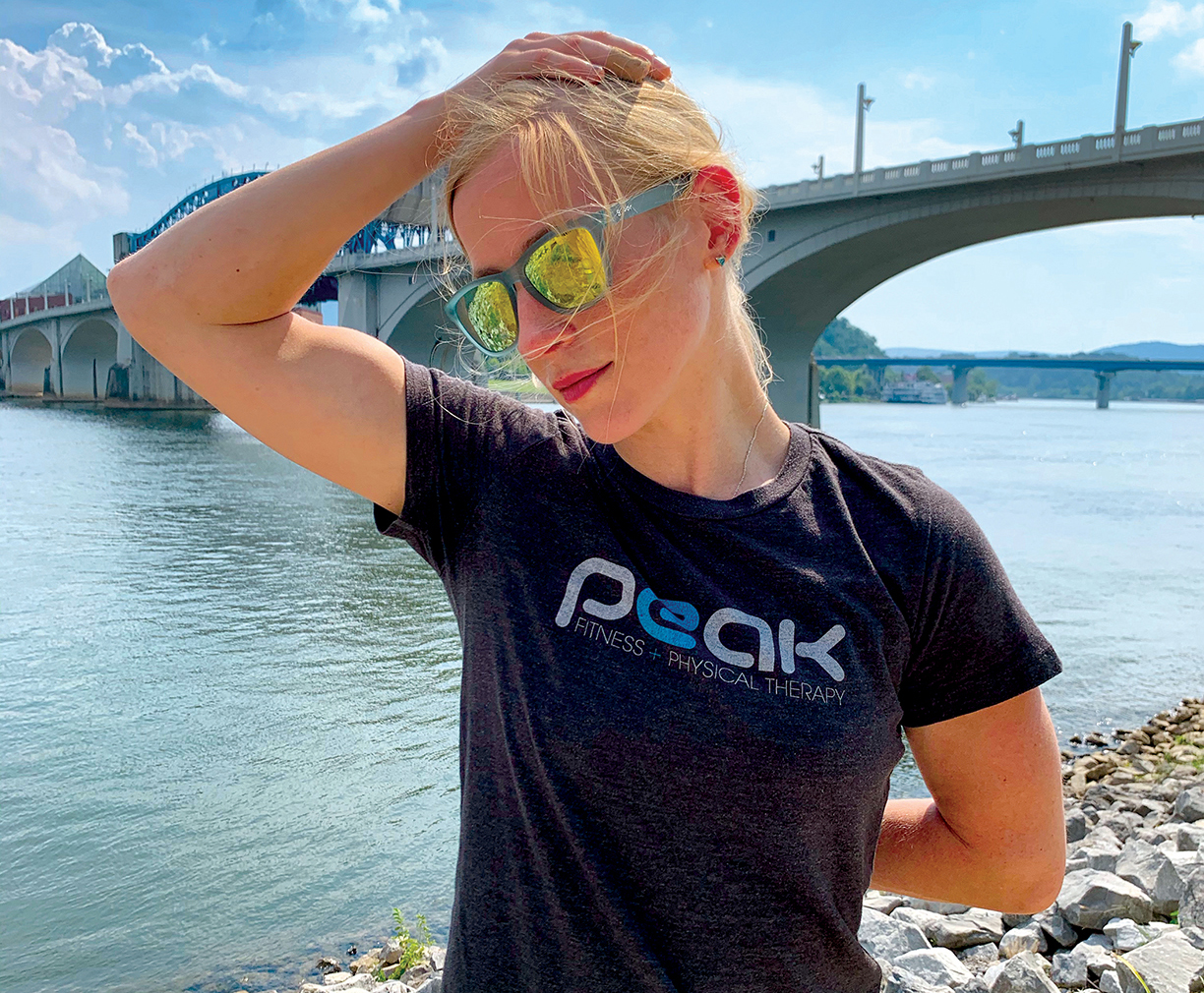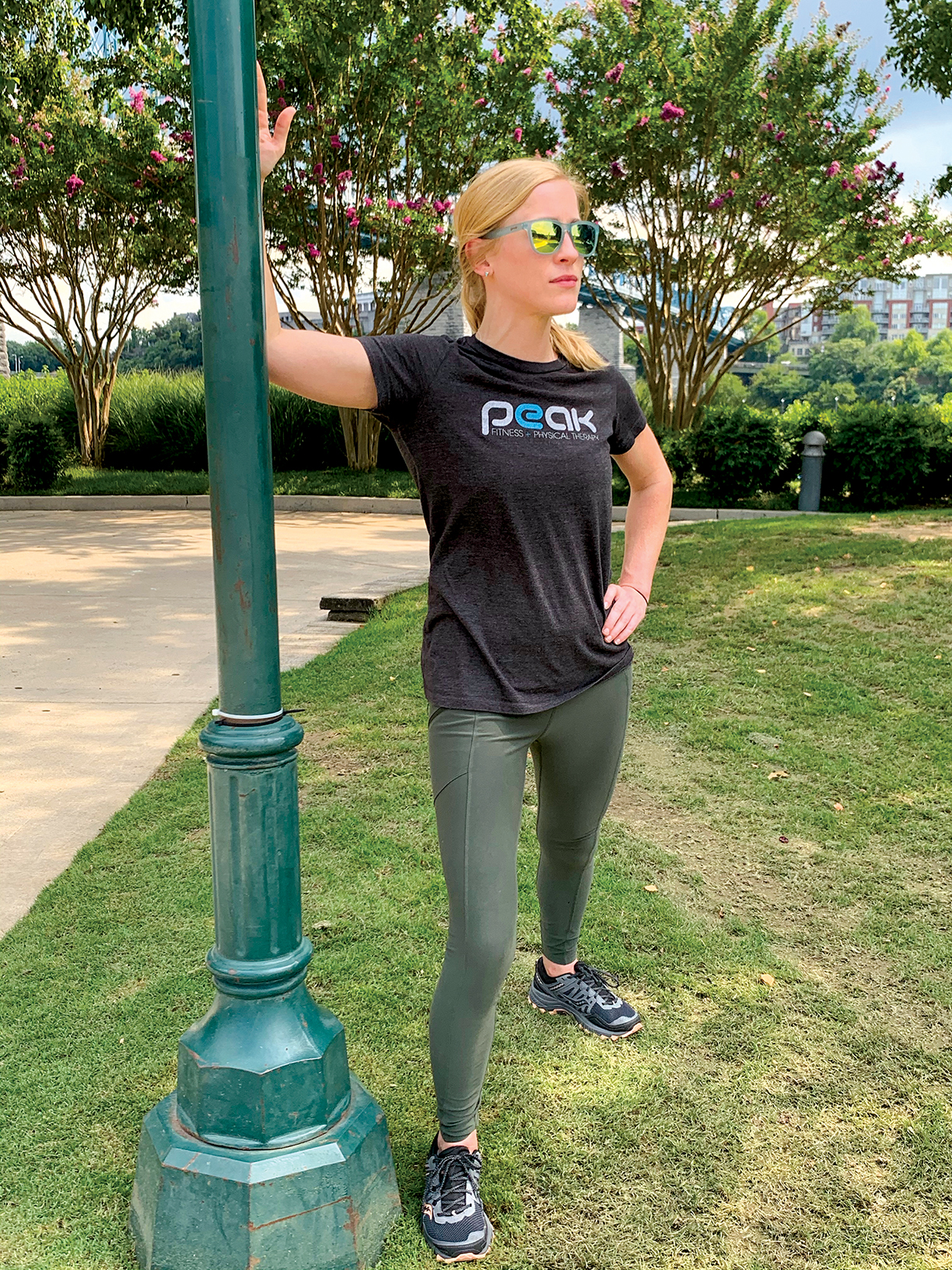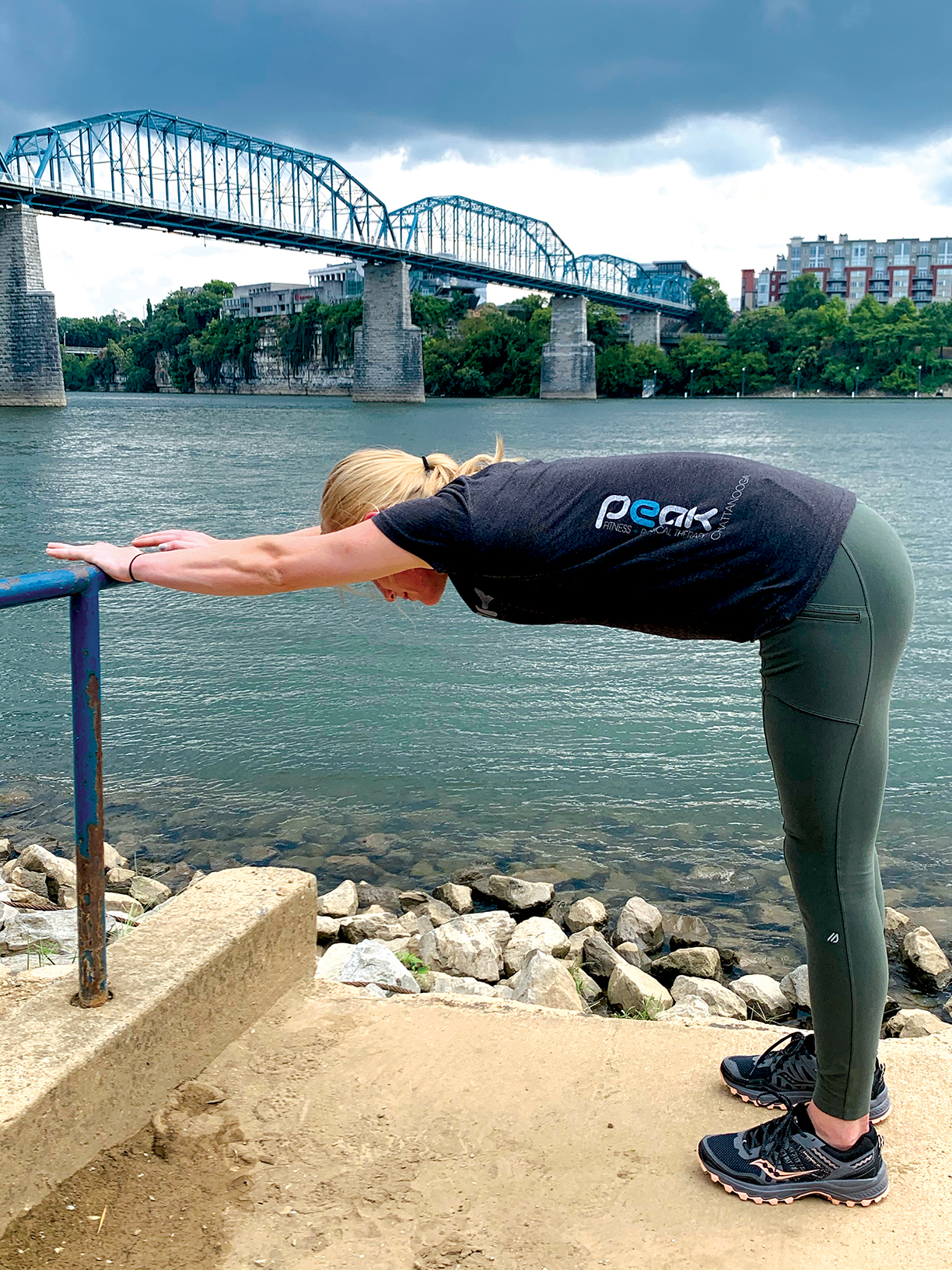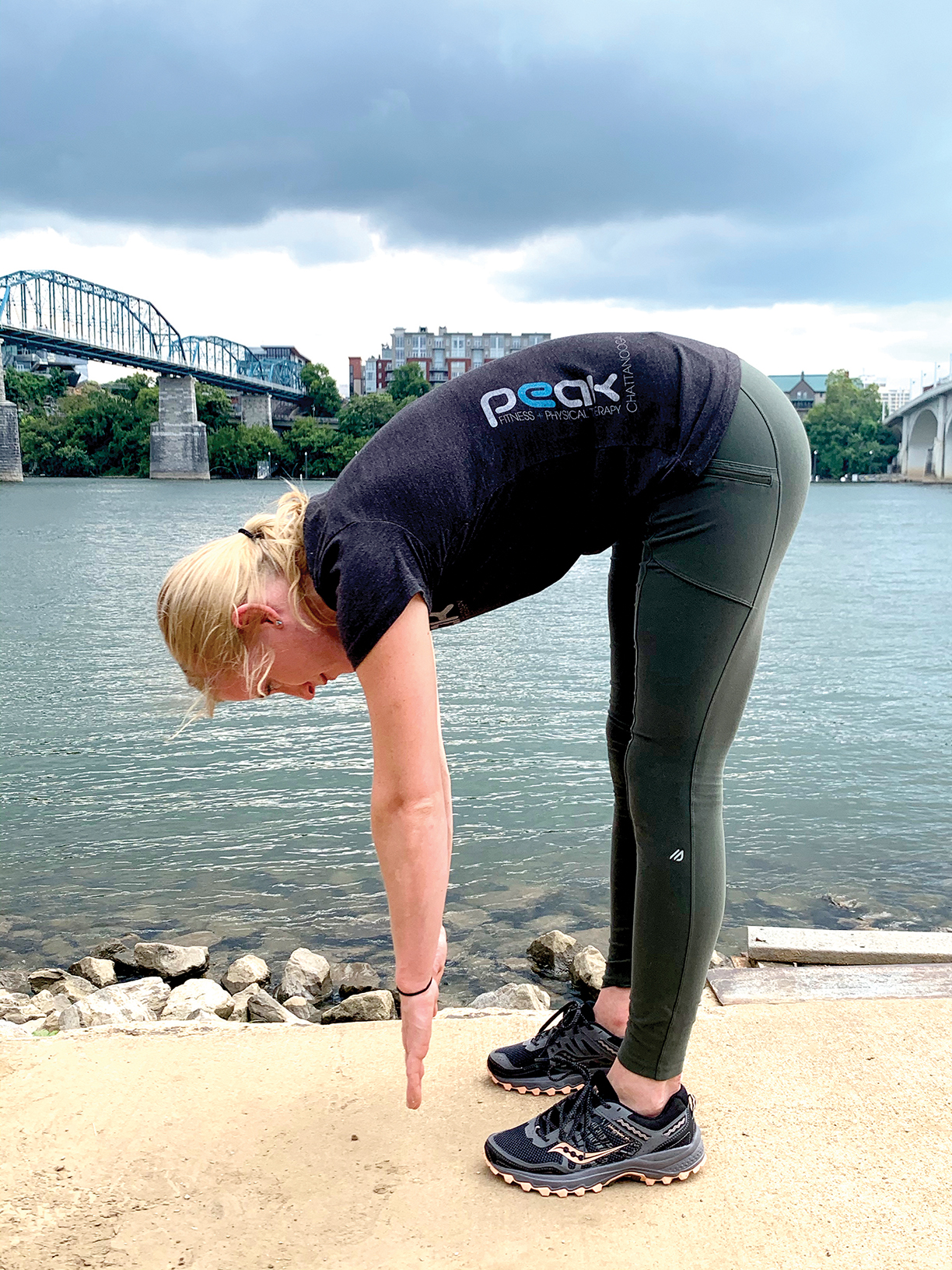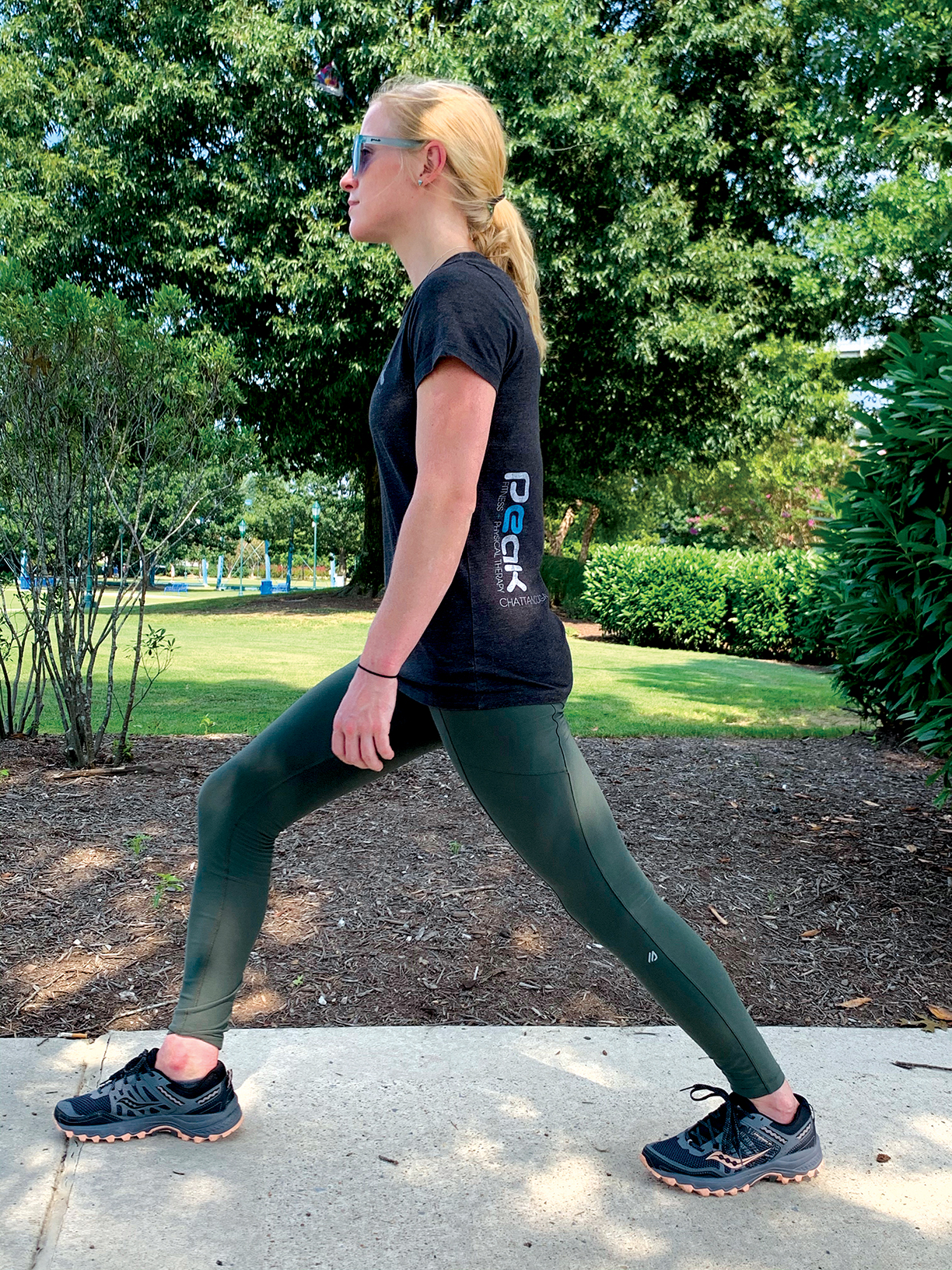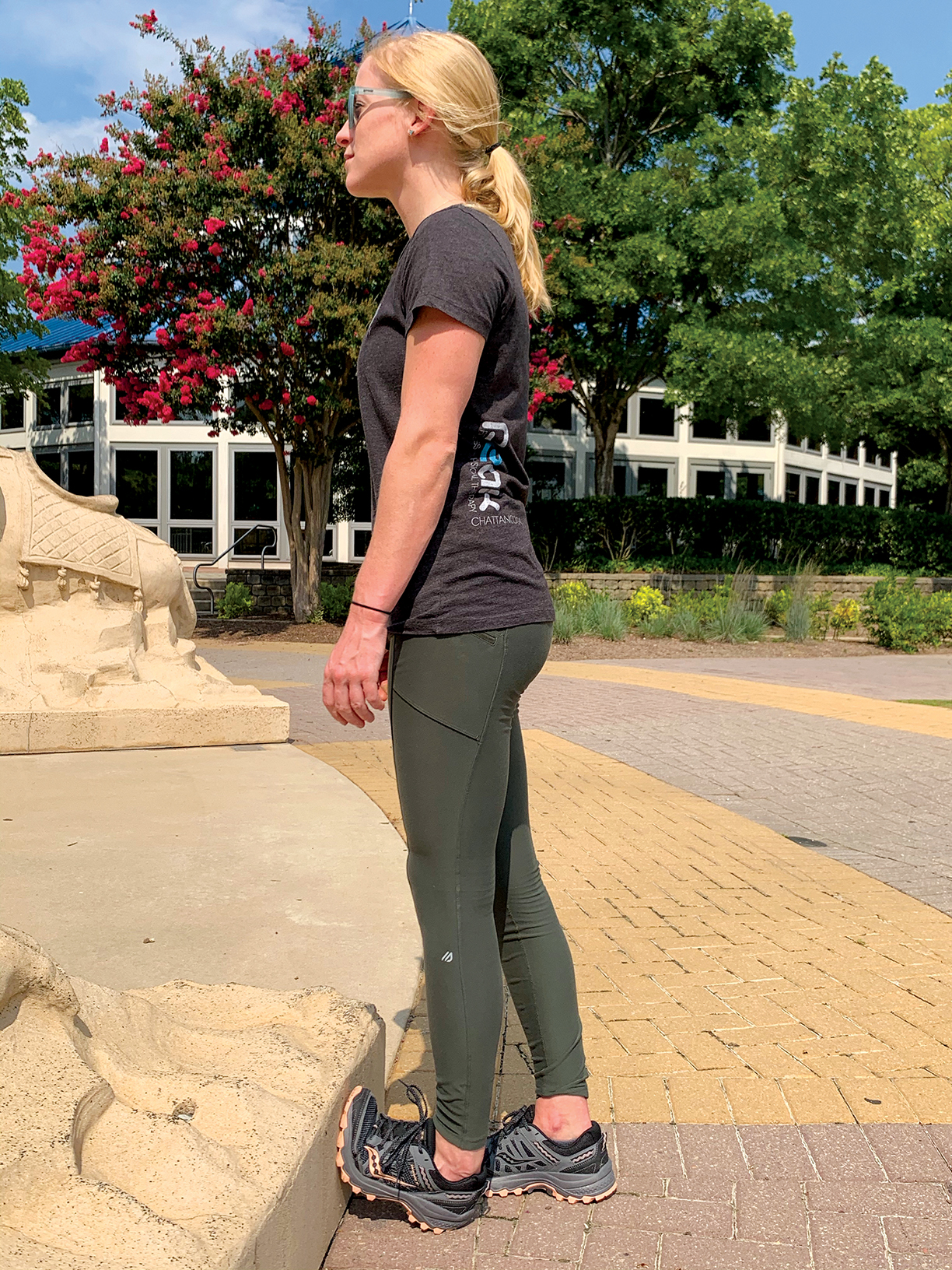Where will your fall trips take you?
Will you be trail running in Leadville, Colorado?
Rock climbing at the Red River Gorge in Kentucky?
National Park hopping through South Dakota and Wyoming?
Fly fishing Rock Creek in Montana?
Kayaking in Idaho?
RVing/camping up to Maine?
Or, will you be staying close to home and enjoying all of the beautiful areas surrounding Chattanooga?
No matter where your passion takes you - or how you decide to get there - spending a substantial time sitting while en route is almost a certainty.
We have all heard the horrors of sitting, but occasionally, prolonged sitting is unavoidable. What is avoidable is the stiff back, swollen legs, and tight shoulders, neck and trigger points that may go along with it.
Here are a few stretches that will go a long way to combating the negative effects of travel and allow you to feel your best during your amazing adventure!
Upper trapezius/levator scapulae stretch
To stretch your right upper trap, tilt your head to the left, ear toward shoulder. Place your right arm behind your back and left hand on the top of your head. Gently pull your head toward your left shoulder. You may also then slightly turn your head to the left to stretch the levator scapulae. Hold each position for 30 seconds, then repeat on the opposite side.
Chest stretch
Place your forearm on a signpost, tree or door frame with elbow around shoulder height and forearm perpendicular to the ground. Stagger your feet and then rotate away from your arm until a gentle stretch is felt in your chest. Hold for 30 seconds, then repeat on the opposite side.
Modified/standing prayer stretch
Place your hands on a surface at hip or waist level. Hinge forward at the hips by walking feet backwards until a stretch is felt in your mid and low back. Hold for 30 seconds.
Roll down
Stand with your feet spaced your fist-width apart. Slowly roll your gaze toward the floor, allowing head, neck and spine to follow while keeping knees straight but not locked. Hold at the bottom for 4-5 breath cycles, arms dangling, while allowing yourself to relax into the position. Return to standing by rolling up, initiating the movement by directing your tailbone toward the ground. Repeat as needed.
Hip flexor stretch
Step one foot forward into a lunge position. Keeping your back leg straight, tuck your tailbone until a stretch is felt in the front of your hip. Chest and gaze should remain lifted. Hold for 30 seconds, then repeat on the opposite side.
Calf stretch
Place ball of your foot on a wall, curb or tree. Keep knee straight as you lean your pelvis and chest forward until a stretch is felt in your calf. Hold for 30 seconds, then repeat on the opposite side.
Travel Tips
1. Take frequent standing and/or movement breaks as able; ideally at least 1/hour.2. Adjust the seat in your car. A few examples: move forward; add lumbar support; utilize your seat warmer to warm up your back and glute muscles.3. Wear compression socks. (Chattanoogans can visit Rock/Creek and check out the locally made Sockwell brand.)4. Fidget, move and stretch as safely as you are able while in your seat — shoulder shrugs, shoulder rolls, open/close fist, pelvic tilts and calf raises/ankle pumps are a few examples — in an effort to keep blood circulating and muscles warm.5. Take along a lacrosse ball for trigger point release. Find a tender spot in a muscle and use the pressure of the ball to get it to release. Try sitting or leaning on the ball in areas of muscle tightness.6. Breathe! Expand your rib cage, breathe into your stomach (diaphragmatic breath) and vary the inhale vs. exhale. This simple exercise will improve your oxygenation, increase your energy level and decreases stress levels.

